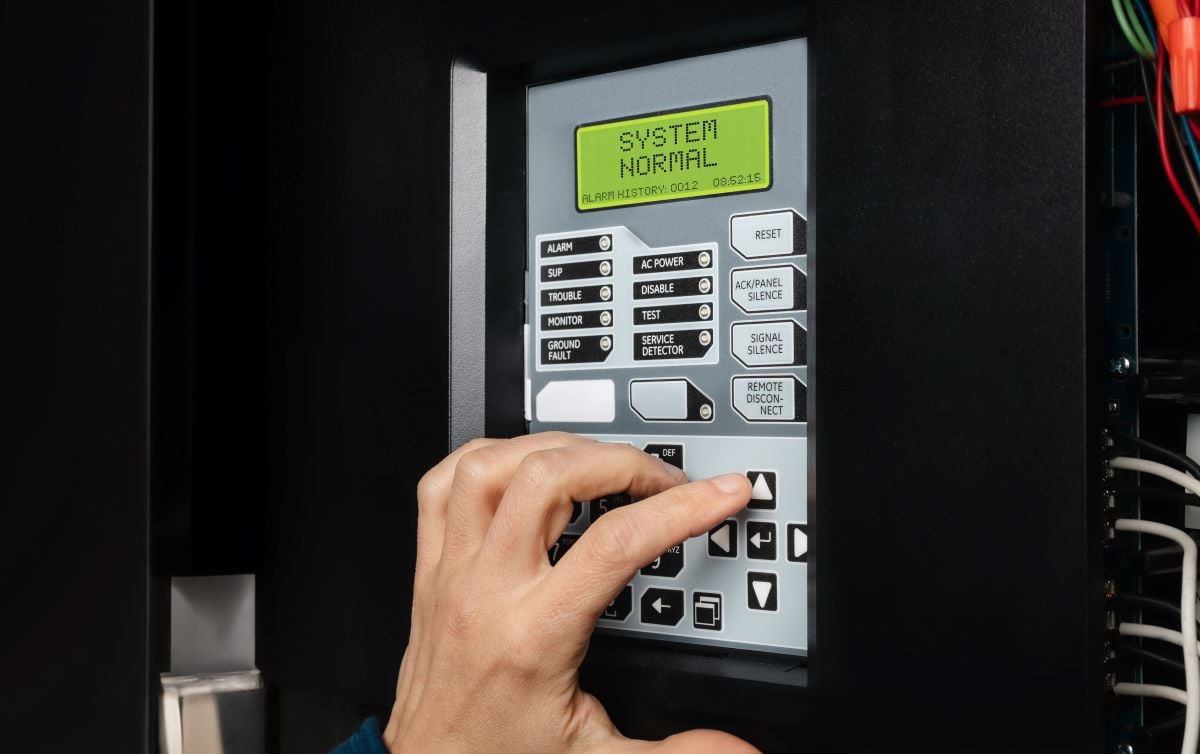
Fire alarm systems are the backbone of fire safety measures, providing early detection and alerting occupants during emergencies. However, to ensure their reliability, regular fire alarm testing is crucial. In this blog post, we will discuss the importance of fire alarm testing and how it plays a vital role in maintaining effective fire safety measures.
Verification of Proper Functionality
Fire alarm testing verifies that all system components are functioning as intended. It involves a comprehensive evaluation of smoke detectors, control panels, alarms, notification devices, and other critical components. By conducting routine testing, technicians can identify malfunctions, faulty wiring, or degraded performance. This verification process ensures that the fire alarm system will work reliably in the event of a fire emergency.
Compliance with Standards and Regulations
Fire alarm testing ensures compliance with industry standards and local regulations. Various authorities, such as fire departments and building codes, require regular fire alarm testing to ensure that systems meet the necessary safety standards. Failure to comply with these regulations can lead to penalties, legal liabilities, or even restrictions on building occupancy. Regular testing ensures that the fire alarm system remains up to code and provides a safe environment for occupants.
Early Detection and Swift Response
Timely detection of a fire is critical for effective emergency response. Regular fire alarm testing enhances the chances of early detection by ensuring that all components, including smoke detectors and sensors, function optimally. Swift response during a fire incident can save lives and minimize property damage. By conducting routine testing, potential issues that could lead to delayed detection or false alarms can be identified and addressed promptly.
Prevention of False Alarms
False alarms can cause panic, disrupt daily activities, and strain emergency response resources. Regular fire alarm testing helps prevent false alarms by ensuring that the system is calibrated correctly, minimizing the occurrence of nuisance alarms triggered by non-fire events such as cooking fumes or dust. Proper testing and maintenance reduce the likelihood of false alarms, maintaining the credibility and effectiveness of the fire alarm system.
Documentation and Record-Keeping
Fire alarm testing should be well-documented and recorded systematically. This documentation serves as a valuable record of compliance with regulations, maintenance history, and testing schedules. It provides a reference for future testing, troubleshooting, or system upgrades. Documentation also demonstrates a commitment to fire safety and can be presented during inspections or audits to show compliance with standards and regulations.
Conclusion
Fire alarm testing is a critical component of maintaining reliable fire safety measures. By verifying proper functionality, ensuring compliance with standards and regulations, promoting early detection and swift response, preventing false alarms, and maintaining comprehensive documentation, testing plays a vital role in safeguarding lives and property.
If you are responsible for a building with a fire alarm system, it is essential to establish a regular testing schedule and engage qualified fire safety professionals, like the Koorsen Fire & Security experts, to perform the necessary tests.


